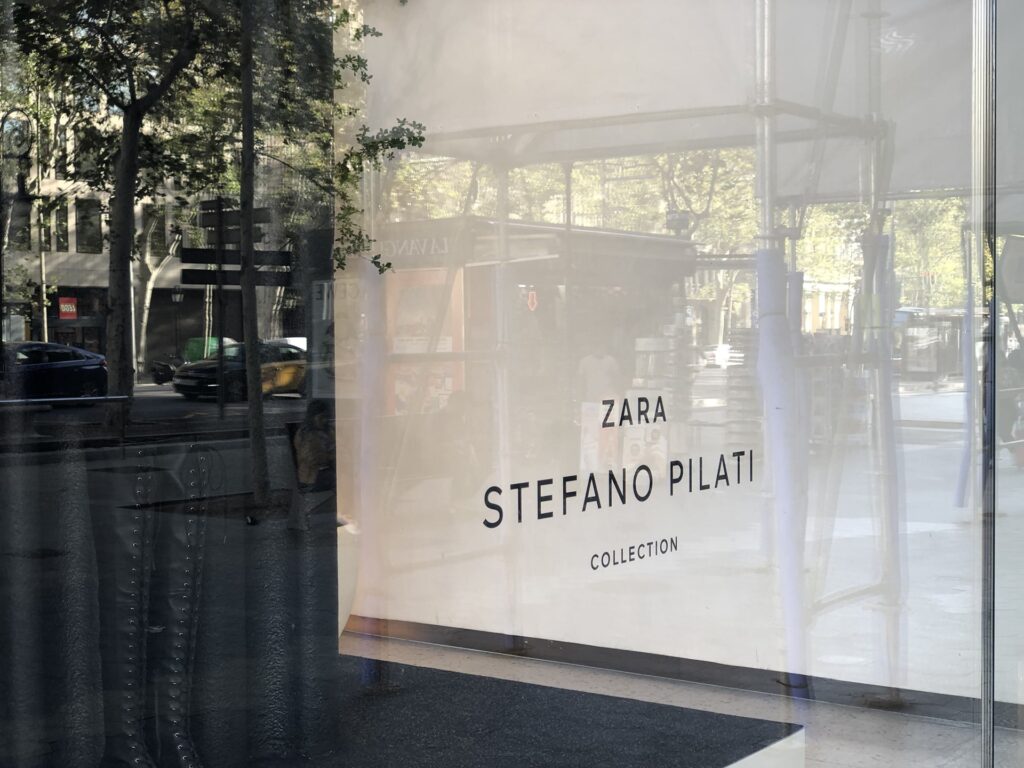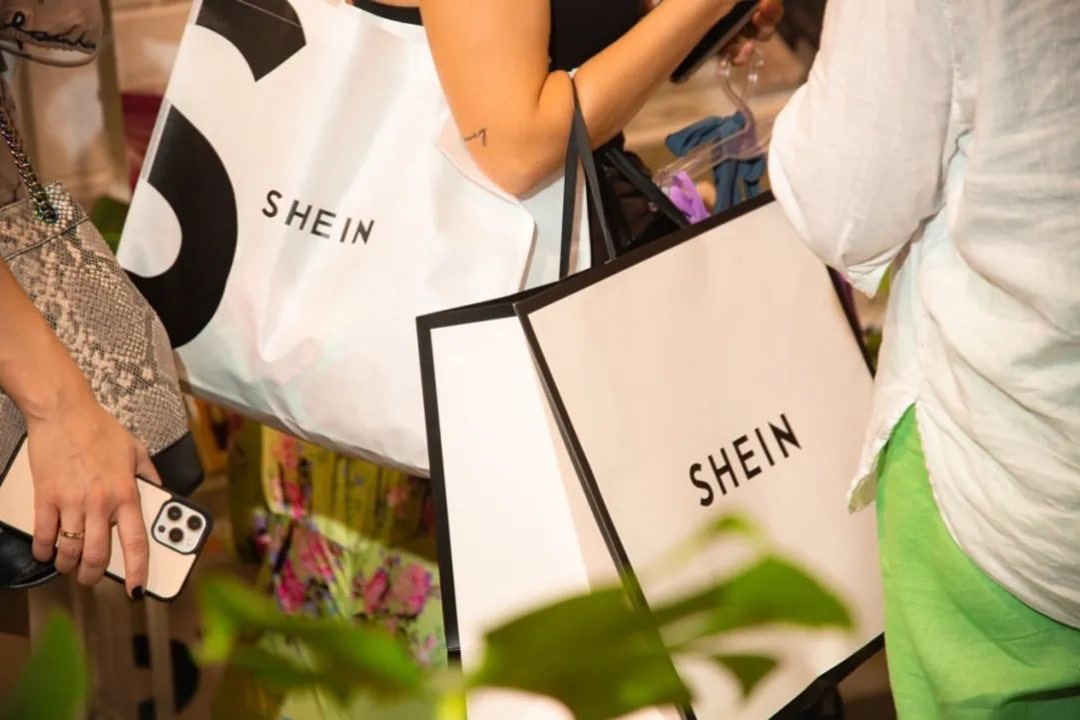As the glow of fast fashion fades, Zara stands out for its ability to rebound after the pandemic, becoming the first brand in its category to return to growth. The feat is even more impressive given that Zara has both closed stores and raised prices two years running. According to Bank of America data cited by Reuters, Zara’s prices rose by 5% in 2022 and another 2% in 2023. This year alone, Zara’s global store count saw a net reduction of 74, with mainland China locations shrinking from 183 at their peak to just 83.
Zara now accounts for roughly 70% of Inditex’s revenue. In September, Inditex CEO Oscar Garcia Maceiras indirectly acknowledged the price hikes, stating that the company has never raised prices in regions with low inflation.
Raising prices amid today’s consumer climate is risky—competitors like H&M and Uniqlo have felt the pinch from similar moves over the past year. In China, Uniqlo, renowned for quality, faces fierce competition from a surge of white-label brands. Yet, so far, Zara’s price hikes haven’t turned its customers away.
What’s Zara doing right?
Rooted in local heritage
“In this town, you’re bound to know someone who works at Zara,” said Juan, a restaurateur who has run his upscale eatery in La Coruna for three decades. “And if not, then you definitely know someone who supplies them.”
La Coruna, nestled in Galicia in Spain’s north, has long been anchored by fishing and agriculture. Though known for producing artists and writers, Galicia lacks the cultural prestige of Catalonia. Emilia Pardo Bazan, perhaps the region’s most famous writer, captured rural Galician struggles in her novel The House of Ulloa—but spent much of her life in Madrid.
In 1975, a lingerie merchant named Amancio Ortega opened his first store here, selling canceled orders. He called it Zara.
Today, that store still stands on Arteixo Avenue, a five-minute walk from Bazan’s statue. The white marble storefront has faded, and its design isn’t particularly striking; locals pass by without a second glance, viewing it as just another shop. In this city of fewer than 250,000 residents, nearly every hundred meters reveals a storefront of one of Inditex’s brands.
Many Inditex employees live in La Coruna, a 15-minute drive from the company’s headquarters in the nearby Arteixo industrial zone. This influx of well-paid employees—about 5,000–6,000 of them—has raised real estate prices and injected cultural and commercial energy into the area. In 2023, Galicia accounted for 7.9% of Spain’s exports, with one-fifth from textiles produced by Zara’s parent, Inditex.
A focus on localization might seem counterintuitive for a company that has globalized fast fashion, yet Inditex remains very much a European-centered enterprise.
While most fashion brands outsource manufacturing to Asia to save on costs, Zara is an outlier. A 2004 report by Harvard Business Review estimated that Inditex produces around 50% of its goods in company-owned factories, with most based in Europe. The critical stages—design and cutting—are handled by a dozen factories near its headquarters, with sewing outsourced to suppliers. This setup enables Zara to respond to consumer demand with unprecedented speed.
The brand’s reputation for turning around new designs in two weeks is well known—a notable pace in an industry where designers typically spend months planning collections.
At Zara’s Arteixo headquarters, nearly two dozen factories operate to supply its stores worldwide. Each week, over 3 million garments leave Arteixo, pre-tagged and ready for transport by trucks lining up at 178 dock doors in the logistics center. Within 48 hours, these new styles are on display in Zara stores across Europe.
Zara’s ability to deliver new designs quickly, in limited quantities, allows it to maintain retail margins as high as 85%—significantly above the industry average of 60–70%. This edge also means Zara’s net profit margins are higher than competitors, giving it more flexibility to adjust prices when facing cost pressures.
An RBC report by analyst Richard Chamberlain found that Zara’s pricing varies widely across markets. In a comparison of 40 Zara items, prices in the US and Mexico were at least 60% higher than in Spain, while prices in Gulf states were 71–91% higher than in Spain. Inditex’s pricing varies by market with a flexibility advantage over H&M, according to the report.
This flexibility stems from a responsive supply chain. Zara produces seasonal items with quick turnaround in Morocco, complex designs in Europe, knitwear and accessories in China, and staples like jeans and t-shirts in Bangladesh. This distribution reflects each country’s manufacturing strengths and Inditex’s management of shelf life and costs—factories farther from the market produce goods with longer sales windows to offset higher shipping expenses.
A supply chain study by SCM Globe shows that 76% of Inditex’s products are manufactured in Europe, with only 24% produced in Asia and Africa, largely from Egypt and Morocco.
This model aligns with Zara’s store distribution, as most locations are in Europe, with Spain, France, and Italy leading. While the European-centered production and sales model may not maximize profits, it provides Zara with agility to respond to shifts in demand. In 2024, Spain’s tourism industry boomed, with international tourist spending up 22.6% year-on-year in the first four months. Zara and its sister brands have become must-visit destinations for these tourists, who share on Google that Zara stores in Barcelona sell “unique items not found elsewhere.”
Shifting to designer-driven fashion
Europe has long been a magnet for top creative talent. Once, designers aspired to work in haute couture houses, dreaming of seeing their designs worn by elite clients under the spotlight.
But as luxury houses went corporate, the dream began to change. Today’s creative directors are expected to manage communication, coordination, market insights, and even sales. Many have become scapegoats for brand controversies, facing calls for resignation at the first sign of scandal. Under such pressure, their tenure has shortened considerably.
In May last year, Ludovic de Saint Sernin’s departure from Ann Demeulemeester after just one season drew attention. He was the third young creative director to leave in as many months.
Now, Zara is starting to attract these “disenchanted” talents. Recent collaborations include former YSL creative director Stefano Pilati. This is part of a broader shift championed by Inditex chair Marta Ortega Perez, daughter of Zara’s founder.

Zara doesn’t aim to be the fastest or the largest—it wants to be flexible and relevant instead, according to Marta’s statement in the company’s 2022 annual report. Marta envisions Zara as a bona fide designer brand, shedding its fast fashion label. Like many second-generation fashion leaders, she hopes to expand on her father’s legacy.
Zara, once known for runway-inspired knockoffs, has reportedly spent heavily on infringement lawsuits with luxury brands. But now the game has changed: Zara is forming long-term collaborations with these former adversaries, akin to Uniqlo’s U Collection. Its SRPLS line, featuring designs captured by photographer Steven Meisel, is marketed as a luxury line with a contemporary twist, designed for everyday wear.
Unlike H&M’s single-run collaborations, Zara’s ongoing partnerships require sustained appeal from designers. This approach mitigates risks tied to a single collection’s success or failure, as seen with Kanye West’s troubled tenure with Gap or Adidas’ struggle with unsold Yeezy stock.
For designers, partnering with Zara opens access to a wider audience for pieces that might otherwise remain niche. Former Givenchy creative director and current Uniqlo designer Clare Waight Keller told Business of Fashion that having her designs accessible to a broader audience is a unique experience. “It’s really, for a designer, an incredible way to get your clothes on a lot of people,” Weight Keller said. “That’s always something that’s a challenge in the luxury market, because you’re working at such a high price. It’s a smaller segment that you touch.”
When successful, these collaborations offer a win-win: fast fashion brands gain authentic designs, while designers find new growth opportunities. Moreover, the corporate structure reduces reliance on a single designer, avoiding over-dependence on one vision.
As fast fashion brands face backlash for quality and environmental concerns, and luxury brands alienate younger consumers with price hikes, Zara fills a niche for consumers seeking stylish, well-made clothes at reasonable prices. In other words, when quality, creativity, and price align, the buyers follow.
For over two decades, Zara’s success has rested on three pillars: speed, style, and affordability. The formula remains true today—only now, Zara has set its sights on new benchmarks.
KrASIA Connection features translated and adapted content that was originally published by 36Kr. This article was written by He Zhexin for 36Kr.

